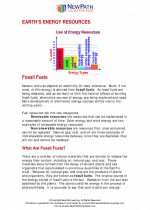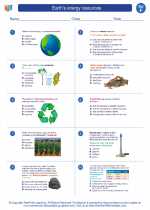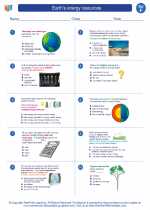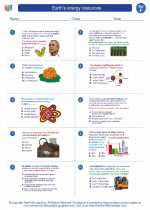What is a Landslide?
A landslide is the movement of a mass of rock, earth, or debris down a slope. It can occur suddenly or gradually, and is often triggered by natural events such as heavy rainfall, snowmelt, earthquakes, volcanic activity, or human activities like construction and mining.
Causes of Landslides
Several factors can contribute to the occurrence of landslides:
- Heavy Rainfall: Excessive water can weaken the slope and trigger a landslide.
- Steep Slopes: Areas with steep inclines are more prone to landslides.
- Deforestation: Removing trees and vegetation can destabilize the soil and increase the risk of landslides.
- Earthquakes: Seismic activity can dislodge soil and rock, leading to landslides.
Types of Landslides
Landslides can be classified into different types based on their movement and characteristics:
- Rockfalls: Sudden, free-falling movement of rocks down a steep slope.
- Slides: Movement of a cohesive mass of rock, debris, or earth along a well-defined surface.
- Flows: Rapid movement of saturated earth or debris resembling a liquid flow.
Effects of Landslides
Landslides can have significant impacts on the environment and human settlements:
- Loss of Life and Property: People and structures in the path of a landslide are at risk of destruction and harm.
- Disruption of Transportation and Infrastructure: Roads, bridges, and utilities may be damaged or blocked by landslide debris.
- Environmental Damage: Landslides can lead to soil erosion, loss of vegetation, and alteration of landscapes.
Preventing and Mitigating Landslides
Several measures can be taken to reduce the risk of landslides:
- Land Use Planning: Identifying and avoiding high-risk areas for development.
- Vegetation and Soil Conservation: Maintaining natural vegetation and implementing erosion control measures.
- Structural Measures: Building retaining walls, embankments, and drainage systems to stabilize slopes.
Studying Landslides
To learn more about landslides, you can focus on the following areas for study:
- Geological Factors Contributing to Landslides
- Impact of Climate Change on Landslide Frequency and Intensity
- Case Studies of Major Landslide Events and their Aftermath
- Technological Advances in Landslide Monitoring and Early Warning Systems
By understanding the causes, effects, and prevention of landslides, we can work towards minimizing their impact on the environment and human life.
.◂Science Worksheets and Study Guides Sixth Grade. Earth's energy resources

 Worksheet/Answer key
Worksheet/Answer key
 Worksheet/Answer key
Worksheet/Answer key
 Worksheet/Answer key
Worksheet/Answer key
 Vocabulary/Answer key
Vocabulary/Answer key
